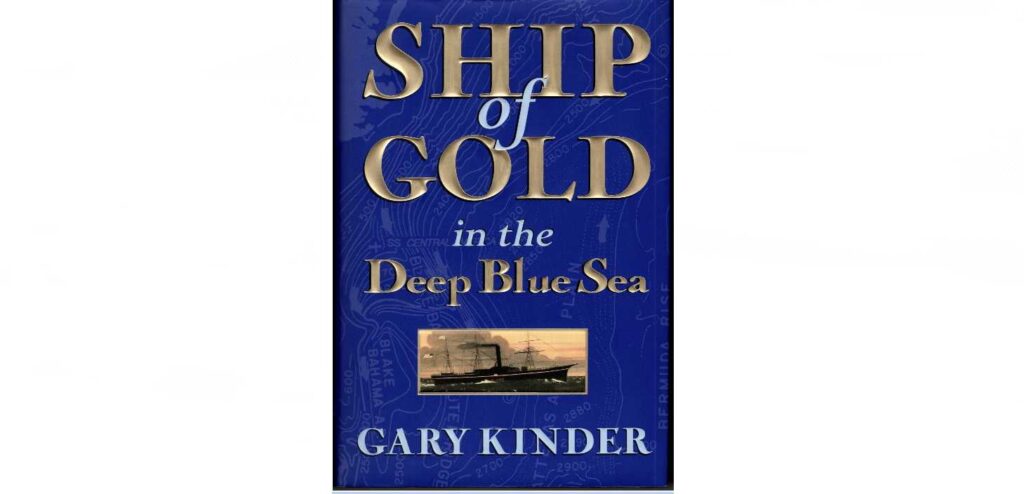Any business owner with investors can take a lesson from Gary Kindler’s book “Ship of Gold”. On the surface, it is a historical account about finding the SS Central America, which sunk off the Carolina coast while carrying twenty-one tons of gold. However, if you look a little deeper, the story provides a valuable lesson for the entrepreneur. Essentially, the book demonstrates how the value in a business is created even before it begins to create revenue.
Since it has been a while since I read the book I’m taking a few editorial liberties when it comes to the project’s funding levels, but I think you will get the point.
Round One – Seed Capital:
At first, the treasure-hunters needed to raise some seed money to determine the general location of the shipwreck. Let’s say they needed to raise one hundred thousand dollars ($100,000) to fund this first research phase. They sold one hundred thousand shares of stock at just one dollar per share since the risk was very high at this point in the project.
Seed capital is associated with the project’s initial market research and is the riskiest level of investment.
Round Two – Development Money, aka Series A/B:
After the research phase was complete the treasure-hunters had a pretty good idea of the general location of the wreck but needed more money, say one million dollars ($1,000,000), to rent a boat with a side-scan sonar they could drag along the ocean floor to look for anomalies. The project’s risk was reduced as a result of the research phase, so this time they sold another one hundred thousand shares for ten dollars per share.
Series A is a funding level generally associated with optimizing the business idea. At this stage, the business generally has a business model but lacks an economic model.
Series B is a funding level generally associated with business development. At this stage, the business generally is hiring key team members and developing a winning product.
Round Three – Scale Money, aka Series C:
Once the money was raised for round two and the boat hired, they discovered two anomalies that might be the wreck of the SS Central America. Now they needed to raise even more money, say ten million dollars ($10,000,000), to rent a larger boat with a submersible sub to look over the anomaly, see if it was the shipwreck, and bring the gold to the surface. As a result of the sonar test, they further lowered the project’s risk, and now sold one hundred thousand more shares of stock for one hundred dollars per share.
Series C is a funding level generally associated with scaling the business. At this stage, the business is raising money to make money. This is the least risky level of investment.
You get the picture: if you were a first-round investor you paid one dollar for your share but a third-round investor paid one hundred times that amount to own the same share.
The treasure hunters did find the shipwreck, but the lesson to be learned is that even before the endeavor ever made any money from recovering the gold, the value of the enterprise rose as the probability of success improved.
A business “idea” has little value until a founder writes a business plan which creates the initial value. The first investor in gets the most equity for the least amount of money since his investment represents the most risk. The second investor in pays more for his stock than the first investor since there is more value and less risk.
When it comes to raising equity capital to fund your venture, the price per share will vary depending upon the perceived level of project risk. The lower the risk of failure, the more the investor should pay for the stock. Every stock transaction will carry a different level of risk and reward and should be priced accordingly.
When you raise equity capital from new investors in your business the amount of ownership surrendered should be proportional to the risk/reward level at the time of your offering.
Does your internal share price change based on changes to risk and reward?
Related free course: Funding Your Small Business Startup












